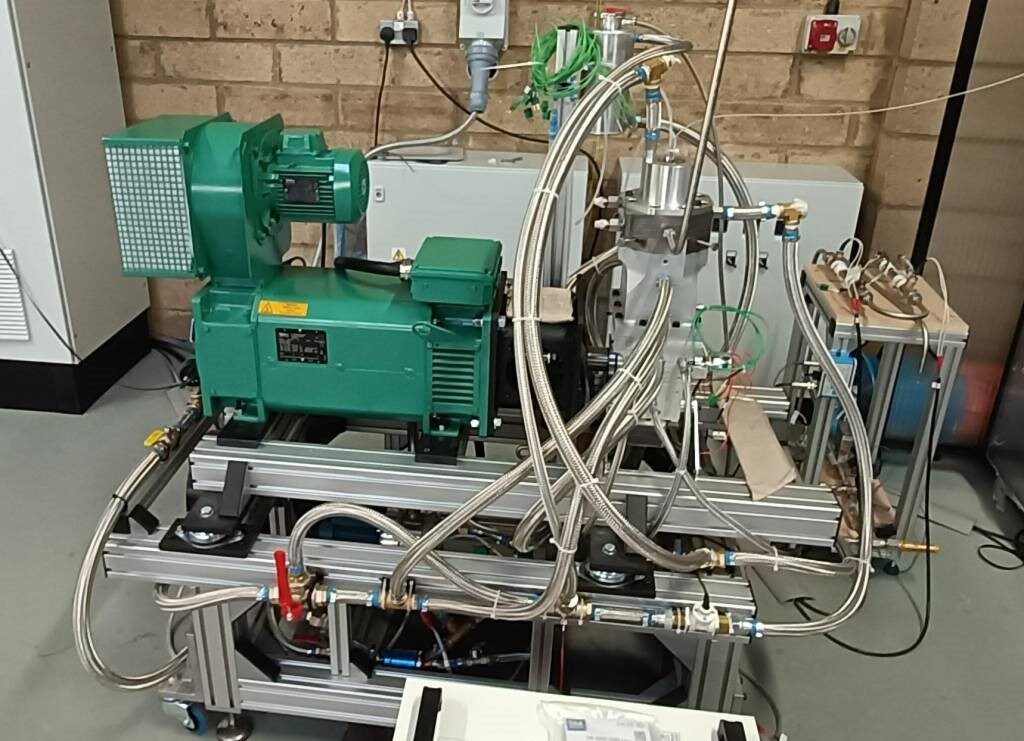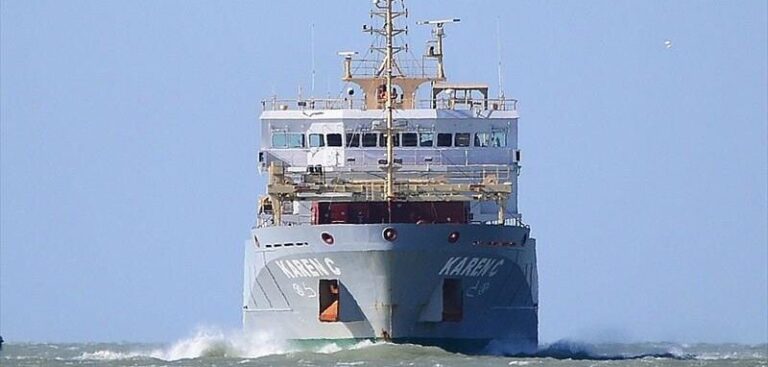A consortium that includes Carisbrooke Shipping and Carnot has been awarded £2.3m (US$2.8m) in funding to develop a zero-emission 50kW hydrogen auxiliary engine demonstrator.
The funding comes from the third round of the UK government’s Clean Maritime Demonstration Competition (CMDC3), which is targeting the development of several clean maritime technologies, consisting of hydrogen-, ammonia-, electric- and wind-powered projects.
With plans to carry out the design, simulation and testing of a single-fuel hydrogen 50kW engine, the consortium will then integrate the sustainable propulsion solution into a containerized system. This will be mounted on the deck of Carisbrooke cargo vessel Karen C (pictured above), before a 40-day sea trial is conducted in early 2025 to partially supply the vessel with electrical power.
The goal of the project is to validate the decarbonizing impact that high-efficiency, zero-emission engines can have in the maritime industry. The project will also build on previous work from CMDC1 and CMDC2 grants.
To ensure a safe path to regulatory compliance, both Bureau Veritas and the UK’s Maritime and Coastguard Agency will be used as the vessel’s regulatory authorities.
“Over the last two years, Carisbrooke have been championing our efforts in bringing a double-efficiency fuel agnostic engine technology capable of halving emissions using traditional fuels or reducing marine emissions to zero using next-generation fuels such as hydrogen, while maximizing range,” said Archie Watts-Farmer, co-founder of Carnot.
“They have supported our grant application processes and been the voice of the customer, helping us to three Clean Maritime Grant Awards, the first of which, a feasibility study, was completed successfully with their help in 2022, Watts-Farmer continued. “They have gone over and above to provide us with information and support relating to operations, regulations and business case development and we would not have been successful without their involvement.”
During a two-year investment period, the two companies and the consortium will be required to demonstrate that their project works in real-world application.

Photo credit: marinetraffic.com and Carnot Engines



